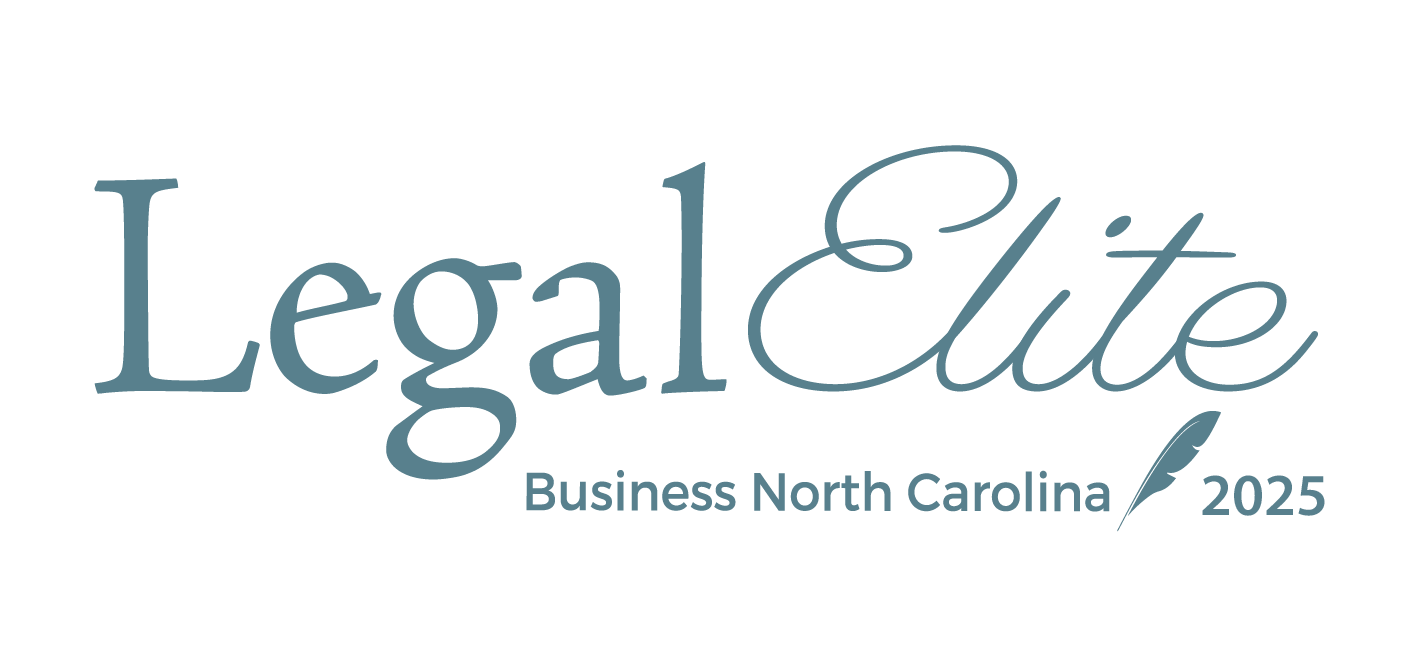You own land. Is it possible for someone else to have the right to use your land without your permission and maybe against your wishes? It is possible if the other person has an easement.
What is an Easement?
An easement is the right of someone, the easement "owner," to use another person's land for a specific purpose.
The most basic easement is one that allows the easement owner access across the land of another, usually to reach and use land owned by the easement owner. The easement owner has the right to use the other person's land subject to the specific terms of the easement, which often limits the use of the easement. For example, if you have an easement for access over another's land to get to your land which is used as your personal residence, you are allowed to travel across the other person's land to get to your home. However, if this is the extent of the easement right, you would not have the right to park vehicles on, run utilities like water, sewer, or telephone lines across, or construct structures on the land, and you couldn’t use the easement for access if you decided to convert your land to a commercial use that would improperly increase the "burden" of the easement over your neighbor's land.
The owner of the land over which your easement runs (called the "servient estate" for obvious reasons) still owns all of the land and may use the part of that land over which your easement runs for any purpose that does not unreasonably interfere with your easement rights. Thus, if your easement allows you to drive your car across your neighbor's land, your neighbor can also drive cars across the easement area, but cannot build a structure in the middle of the easement because that would directly prevent you from using the easement for its intended purpose. Whether the land owner can install a gate over the easement area has generated innumerable lawsuits over the years with inconsistent results.
What is an Easement Good For?
Easements allow for more flexible uses of land. If you need to use land or a part of it for a very specific purpose, but you don't need to own all of the land outright, an easement will allow you to satisfy your need without having to incur the cost and expense of purchasing all of the land. Similarly, a land owner unwilling to part with the land might be willing to grant you a right to use a portion of the owner's land for a specific use—if the price is right.
How Does an Easement Arise?
There are at least ten ways an easement can be created, but this article will address only the most commonly encountered ones. The most basic way to create an easement, of course, is for the owner of the servient estate to agree, in writing (since an easement is an interest in land), to grant an easement to another person or specially reserve an easement when the owner conveys a parcel of the owner's land to another person. In this sense, the conveyance of the easement is no different than the conveyance of land except that a right of use rather than an outright ownership interest in the land is conveyed. The deed of easement must describe not only the geographical extent of the easement, but also the nature of the right of use—that is, whether the easement is for access only, parking, recreational purposes such as hunting or fishing, advertising purposes such as for a highway billboard, or some other use.
Another way an easement can arise is by what is known as "implied grant" or "implied reservation." The purpose is to avoid the creation of landlocked and economically unusable parcels.
Implied grants and implied reservations arise when one parcel is divided into two parcels and one of the two new parcels is "landlocked" as a result of the division. Think of one parcel that has a "North 40" acres and a "South 40" acres. The South 40 and, therefore, the entire parcel before division abuts a public road. The land is divided by a line running east to west across its middle. Thus, after the division, the North 40 is now landlocked. It has no direct access to a public road.
If the owner of the original whole parcel created the division by conveying the North 40 to another and retained the South 40, the law will imply that the new owner of the North 40 has an easement over the South 40. This "implied easement" is created by the courts to enforce what the law deems the intent of the parties to have been—that is, to create a parcel, the "North 40" that is useable and economically viable. The extent of the easement will depend on the historical use of the "North 40." So, if the new owner wants to convert what had historically been a pasture into a planned mixed-used development, the new owner will need to negotiate an express easement for that purpose. The implied easement will be limited to access to pasture land.
If the owner of the original land created the division by conveying the South 40 to another and the original owner retained the North 40, the law has historically not protected the original owner from the owner's obvious gaffe, but at least one North Carolina Court of Appeals case has apparently disregarded the historical precedents and saved the grantor's bacon by implying a reservation of an easement.
An easement can also be obtained by adverse possession or "prescription." If someone continually, regularly, and openly uses land for a certain period of time, typically 20 years, and the actual owner of the land does not prohibit or at least object to the open and notorious use, the person using the land will be considered by the law to have obtained an easement right even though it was never expressly granted to them. This doctrine is based on the preservation of long-held expectations when a party who could have protected itself "sat on its rights" too long to be heard to complain.
Another way an easement may be created is also based on the equitable concept that those who "sit on their rights" will not be heard to complain. However, unlike adverse possession where the key is the passage of time and the settled expectations of the user of land, the key to creating an easement by "estoppel" is "what did the property owner know and when did the owner know it."
In essence, the failure of a property owner to assert the owner's rights when the owner knows that someone else is mistakenly spending money and effort to make use of a portion of the owner's property will create an easement right by "estoppel" in the mistaken party. The law will not allow one to silently stand by and watch another waste time and money without making an effort to correct the other's mistake. The owner who could have prevented the wasted effort will be "estopped" to complain about the misuse of the owner's property.
For example, if a property owner watches the owner of an adjacent parcel invest money and effort into placing a waterline across the owner's property and says nothing to stop the adjacent owner, the law will not allow the property owner to disallow subsequent use of the waterline to serve the adjacent owner's property.
However, if the facts show that the property owner did not know that the adjacent owner was constructing the waterline, the owner will not be prohibited from requiring the adjacent owner to remove the improperly installed line. The property owner would not have "knowingly sat on the owner's rights and remained silent when a fair person would have spoken up" and the balance of property rights, fairness, and "equity" will have swung in favor of the property owner.
Conclusion
Easements are important tools allowing for the flexible use of land. They allow one party to own the land while allowing the other party a limited right to use the same land for specific purposes. There are many ways in which easements can be created, many of them without the express consent of the land owner. Whether you own land you want to protect or need to use someone else's land for a specific purpose, the doctrine of easements is one that needs to be kept in mind.







